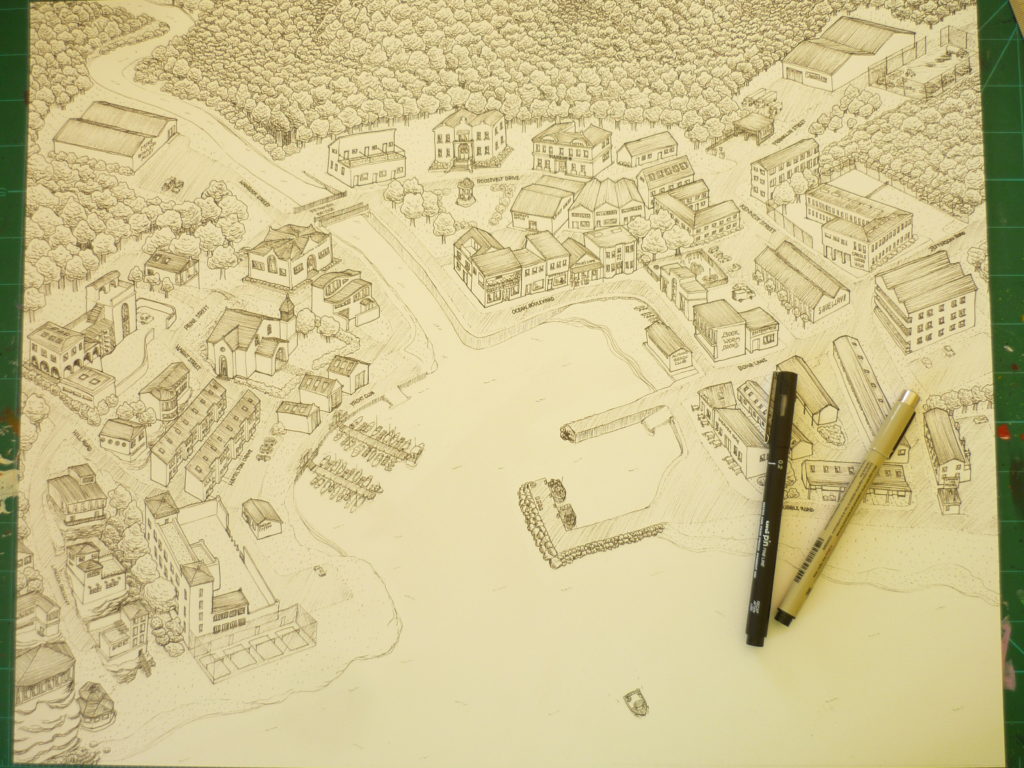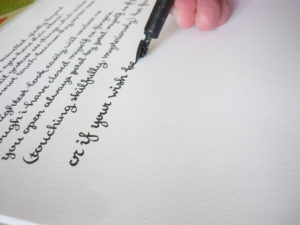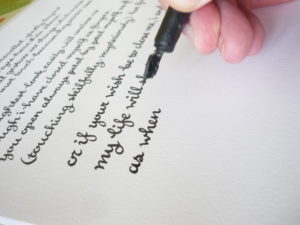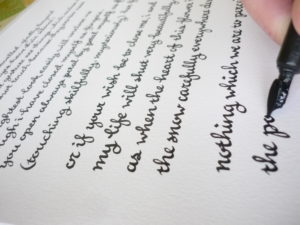Well that’s been a hell of a year eh?
I started it needing back surgery, and then I got the surgery, and the rest of the year, by comparison, has just been god-damn sunshine and puppies for this fleshbag. The wider world has been busy either going to hell or driving itself off a cliff-edge, but for me myself personally, carving my own little groove and going about my days, this year has gone better than I could have hoped. I’ve got a fistful of projects carrying over into this shiny bright new year, along with a little nugget of momentum, and I’ll be hell of an interested to see how they turn out, which is aaaaace.
I read 48 books last year, and I got seriously lucky – just about all of them were genuinely, no-kidding good. More on that later, because I started a what-I’ve-read blogpost back in September but I’ve been (humblebrag) neck-deep in work and commissions since then, so I might get around to finishing it before March, right? Anyways, I’ve got some good music and some excellent whisky here right now, so take care of yourselves, concentrate your will, line up some good songs and gather your bravery, because we’ll get through this next one even if it’s by the skin of our fingertips.




